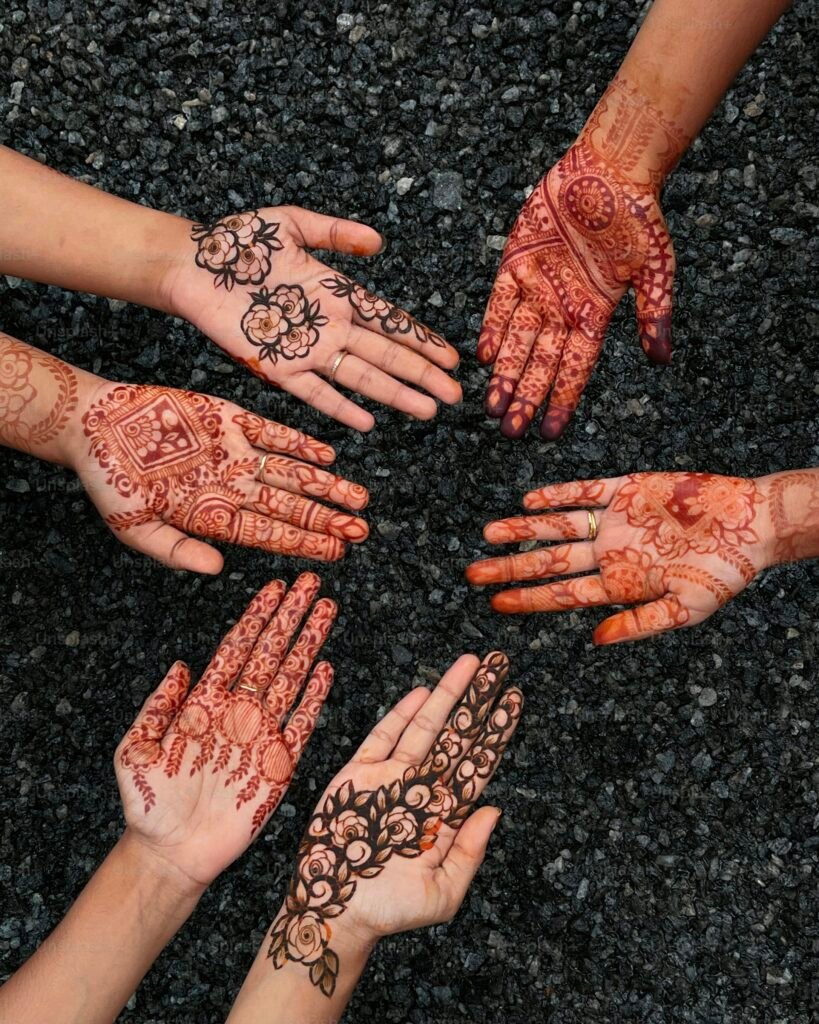3 aspects of culture is a term that encompasses the behaviors, beliefs, and values shared by a group of people, passed from generation to generation. It shapes our worldviews and influences our everyday lives in countless ways. However, to understand culture more deeply, it helps to break it down into its key components. In this blog post, we’ll explore the three essential aspects of culture that have a profound impact on society: values, traditions, and communication.
What Are the 3 aspects of culture ?
At its core, 3 aspects of culture can be understood through three interrelated aspects:
- Values
- Traditions
- Communication
Each of these elements plays a critical role in shaping our interactions, identities, and perspectives. Let’s dive into each one.
1. Values: The Guiding Principles of Society
Values are the deeply held beliefs that influence behavior and decision-making within a culture. They represent what is considered important, ethical, and right in a society. 3 aspects of culture values often dictate how people should interact with each other and what is prioritized in social, economic, and political contexts.
For example, in many Western societies, individualism is highly valued. People are encouraged to pursue personal goals, express their unique identities, and prioritize self-reliance. In contrast, many Eastern cultures emphasize collectivism, where community well-being and family ties are often placed above individual desires. Understanding 2nd Culture: Exploring Cross-Cultural Identity
Examples of Cultural Values:
- Honesty and Integrity: These are central values in many cultures, guiding how people interact in both personal and professional relationships.
- Respect for Elders: In some cultures, respect for elders is an ingrained value that shapes social hierarchies and family structures.
- Freedom and Independence: Some cultures place great importance on personal freedom and autonomy, shaping political and legal systems.
Understanding these cultural values can help individuals navigate social interactions and foster greater empathy across cultural boundaries.
2. Traditions: The Practices that Connect Generations
Traditions are the practices and rituals that are passed down within a culture. These are the behaviors, customs, and activities that form an integral part of a culture’s identity and help preserve its heritage over time.
Traditions can take many forms, including holidays, religious practices, festivals, and rites of passage. They are essential because they create a sense of continuity and connection among people, reinforcing cultural values and beliefs. Exploring Futuristic Things: Innovations Shaping Tomorrow
Examples of Cultural Traditions:
- Thanksgiving: A national holiday that celebrates gratitude and togetherness, reinforcing the values of community and thankfulness.
- Chinese New Year: A cultural celebration filled with symbolic traditions that emphasize prosperity, happiness, and family unity.
- Wedding Ceremonies: Different cultures have unique wedding traditions that reflect their values. For example, in Indian culture, weddings often involve elaborate multi-day ceremonies rich in symbolism.
Through traditions, cultures transmit their values and identity to future generations, ensuring that these important elements continue to be appreciated and practiced.
3. Communication: The Bridge Between Cultures
Communication is another key aspect of culture, influencing how people share information, express emotions, and connect with one another. Communication includes both verbal and non-verbal elements, such as language, gestures, body language, and tone.
Each culture has its own communication styles, and these styles can vary significantly. For example, in some cultures, direct communication is valued, and people are encouraged to express their thoughts and opinions clearly and straightforwardly. In other cultures, communication may be more indirect, with emphasis placed on subtlety and maintaining harmony.
Examples of Cultural Communication Styles:
- High-Context Communication: In cultures such as Japan and China, communication tends to be implicit, and meaning is often derived from context rather than explicit words.
- Low-Context Communication: In the United States and Germany, communication is typically direct, with emphasis on clarity and specificity.
- Non-Verbal Communication: Gestures and facial expressions vary from culture to culture. A gesture that is friendly in one culture might be considered rude in another.
Understanding the different ways that people communicate across cultures is vital in fostering international cooperation and avoiding misunderstandings.
The Importance of Understanding Cultural Aspects
Recognizing the three aspects of culture—values, traditions, and communication—helps us to navigate the complexities of a globalized world. When we understand the values that drive behavior, the traditions that connect people, and the communication styles that foster relationships, we are better equipped to engage with diverse cultures respectfully and effectively.
Conclusion
Culture is a multifaceted concept, but by breaking it down into its 3 aspects of culture , traditions, and communication—we can better appreciate how it shapes our lives and societies. Whether you’re traveling to a new country, working in a multicultural environment, or simply trying to understand someone from a different background, having insight into these cultural components will enhance your ability to connect, empathize, and collaborate with others.



